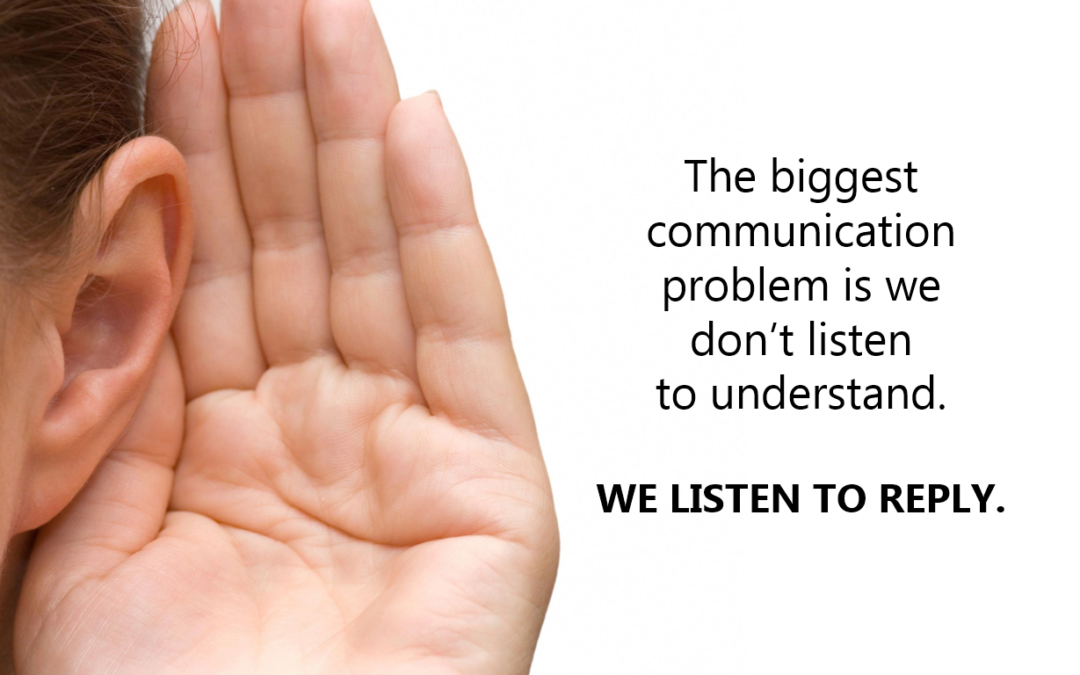Your job as a business owner/salesperson is to listen more, talk less and close more sales.
When you talk about yourself and your products and services to a customer, it’s just like an advertisement to them.
It’s quite possible your message could be falling on deaf ears!
So, what’s the solution?
Stop pitching and start engaging.
Prospective customers are much more interested in what’s meaningful and important to them.
Sorry to say they don’t care that much about you, or your business, or your processes.
What they truly care about is whether or not you are willing and able to help them.
Conversational selling is as easy as having a conversation with a friend
If you start the conversation by focusing on their world and not yours, they’re much more likely to interact and engage with you.
And in the process, you’re taking the pressure off …
Not just them … but yourself too!
By focusing on your customer’s objectives you won’t feel the need to:
- put yourself and your business under the spotlight
- prove how good you are at what you do
- demonstrate how well you shape up against your competitors
So take a moment and breathe a sigh of relief.
Make it your purpose to engage your customer in a meaningful discussion by asking relevant questions.
Always remember your customer’s voice is far more important to you than the sound of your own.
And keep in mind it’s not until you’ve gained a full understanding of your prospect’s goals and priorities that you’ll know whether the benefits of your product and/or service offering would be of any value to them.
Or, indeed, if they are the type of customer you want to invite into your business.
As profitable and valuable as loyal customers are, bad customers can equally be as damaging
So, make the aim of your conversation to get to know your potential customer, to discover whether you’re a good fit for each other.
Make sure they are someone you trust and admire and for whom you can produce your best results.
Focus on the problems and the issues that you can help them solve, and resist the urge to jump ahead to the bit where you start to go over all the features and benefits.
That can wait till later.
Slow down and stop trying to sell.
If you listen intently to what your potential customer has to say, he or she will give you all the direction you need.
You’ll soon know whether or not you’re both on the same track.
Making the effort to gain a clear understanding of their wants and needs is a key component to building and developing a trust-based long-term relationship with your customer.
Be open with your customer, and show integrity
Personally, I’ve seen many customers’ eyes glaze over when they come face to face with ‘traditional’ sales approaches.
It is oh so easy to see through the pretence of being asked lots of product-driven questions.
Let’s face it, you’ve probably been subjected to the same modus operandi yourself.
If a customer can sense you are simply positioning them in order to make a sale, the barriers will go up and the conversation will lose all its potential.
So, remember to listen more, talk less and close more sales.
Conversational selling is all about meeting the customer’s objectives
The outcome of conversational selling is to lead the customer away from the traditional sales process and into a more satisfying buying process.
It is a natural two-way dialogue that allows you to get to know what you need to know during the course of a relaxed and casual conversation.
Where your prospective customer feels at ease in your company, not hurried or pressured into making a decision.
A conversation during which the customer’s real issues will emerge … naturally.
Successfully implemented, conversational selling will deliver results like never before, and it’s sure to improve customer satisfaction.
If you found this article interesting, here’s another you might like to check out: WHAT CUSTOMERS REALLY WANT

